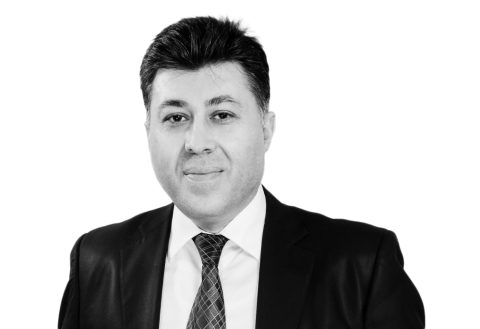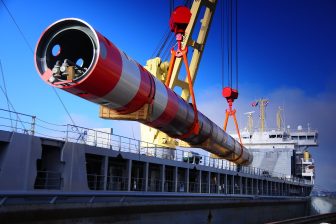
Interview
How do you operate within the box of restrictions and limited availability?
Azer Aliyev: TGP
The Caspian region has always been known for its abundance of oil and gas, and the logistics service providers have delivered loads of project cargo to sites across the likes of Azerbaijan or Georgia. However, the conflict in Ukraine has put significant stress on the region’s infrastructure, as transit routes changed and traffic to the Central Asian countries increased.
Want to read more?
You have read all of your free premium articles for this month. Please become a subscriber to keep reading.
Subscribe now!
Take advantage of our exclusive offer to get full access to all premium content.




